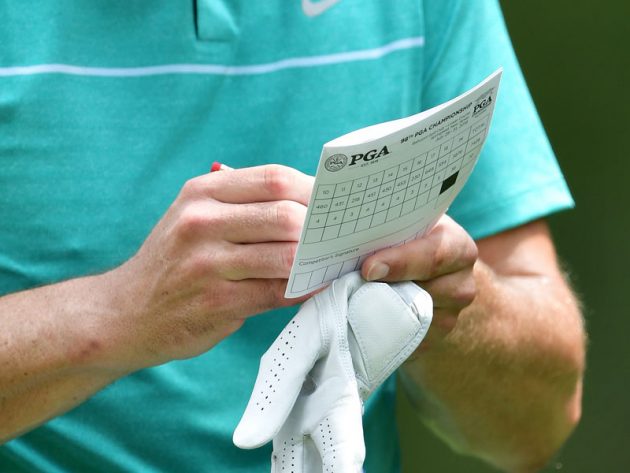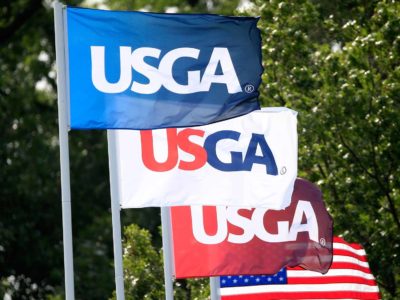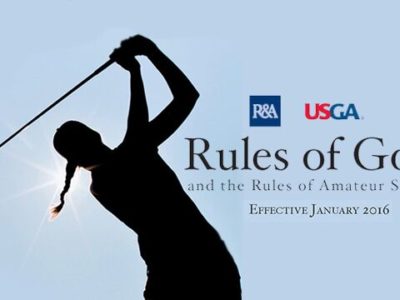By Ricard Todd
No, this article isn’t about shooting your lowest score, in fact it’s just the opposite!
Continue reading to understand what your worst score can be!
As a young player my dad told me I couldn’t card more than a 10 on any hole. While that may be an easy rule to follow, as well as, a simple directive to remember, which greatly helps keep pace of play, it is not accurate in applying the new rules of golf as they relate to handicap scoring.
Under the newly approved World Handicap System a golfer may not card a score on a single hole more than “net double bogey“.
This change replaces the USGA’s ESC (equitable stroke control) ruling that capped a maximum score at double bogey. The difference being the word ‘net’ and its application.
What is Net Double Bogey and What’s the difference?
Net Double Bogey varies from player to player based on current handicap and the rating of the hole you’re playing. This may sound difficult to calculate but it’s rather easy.
Net double bogey is par for the hole, plus two strokes (double bogey), plus any handicap strokes you’re allowed to take.
Let’s assume, I have a handicap of nine and the 2nd-ranked toughest hole is a par 4. My drive travels out of bounds, I continue to struggle and finish the hole at five-over-par nine. For handicap purposes I would record a seven. Four is par, plus two strokes for double bogey and one more stroke for my handicap, which totals seven. Thus seven is my maximum, even though I actually took nine strokes to compete the hole.
The new World Handicap System accounts for these ‘blow up’ holes that are not inducive of your normal playing ability.
Note, whenever the format of play allows, you are encouraged to pick up once you’ve reached your maximum hole score for handicap purposes – which is a Net Double Bogey. This helps with pace of play for other golfers playing behind you.
If you were to pick up on a hole before reaching Net Double Bogey, then you would record your Most Likely Score as long as it does not exceed your Net Double Bogey limit.
If you are a 36-handicap player, that normally finishes a round at 102, you get 2 strokes per hole. Thus, on a par-four, net double bogey for this player would be an eight.
Enjoy your rounds and best of luck in continuing to lower your handicap! Interested in more information on the rules or etiquette of golf? Visit TheGolfRules.com!










